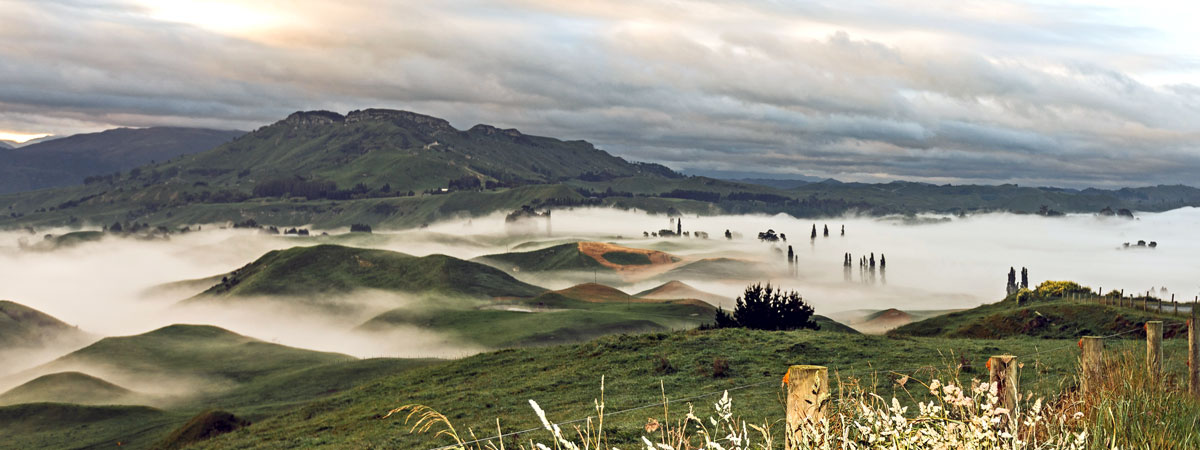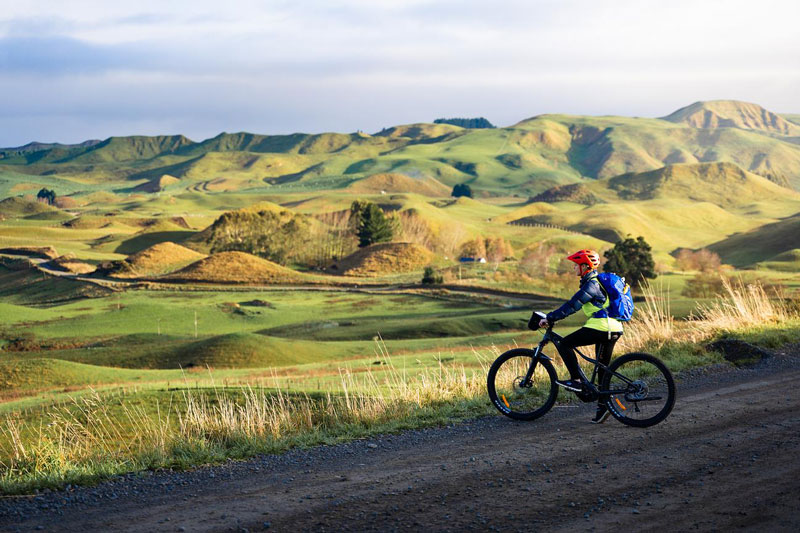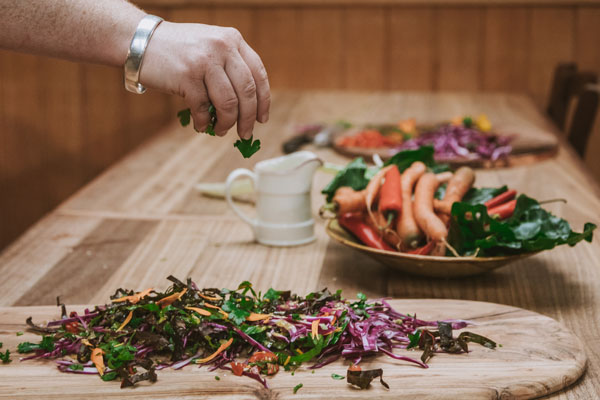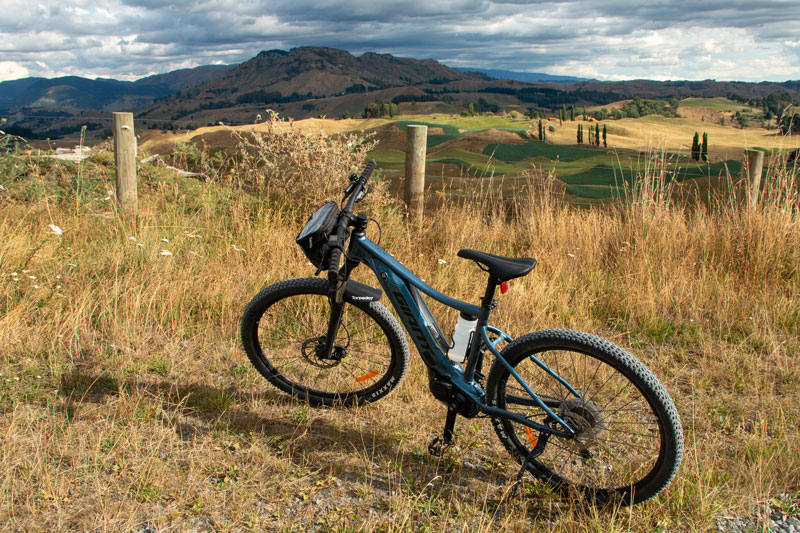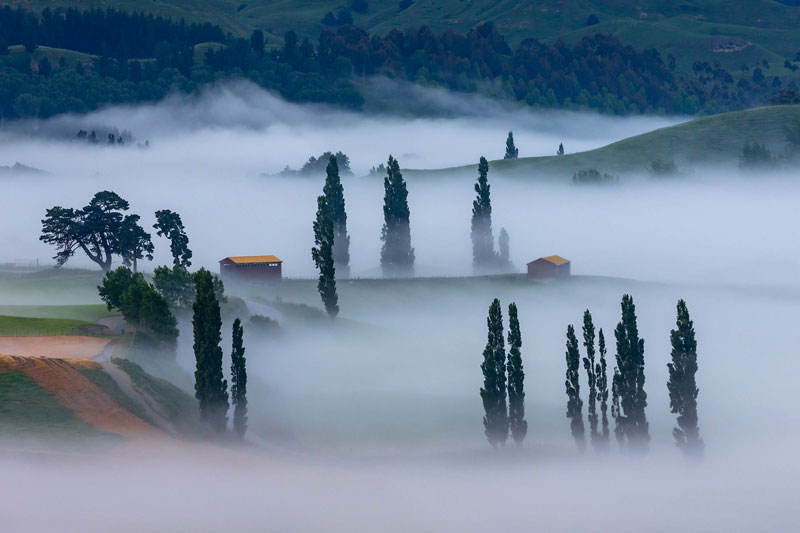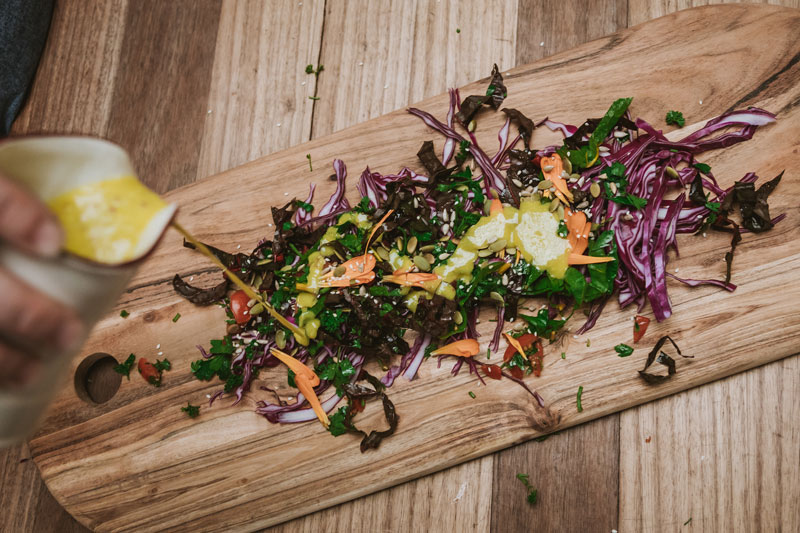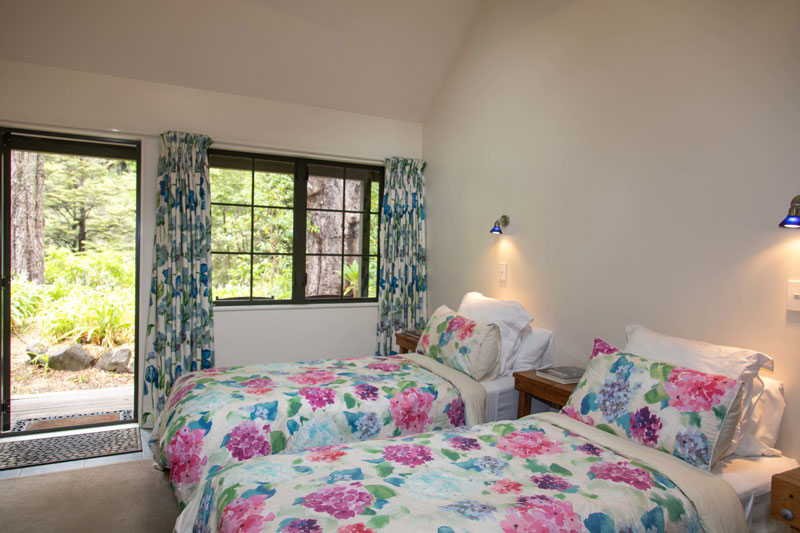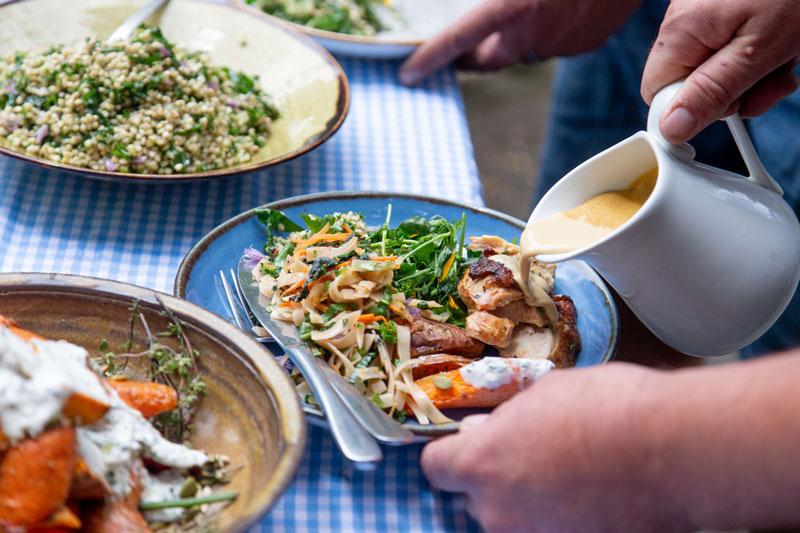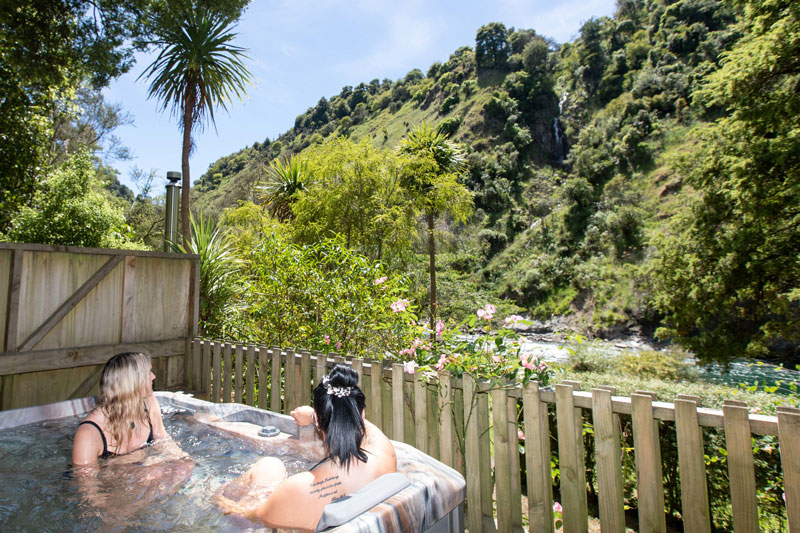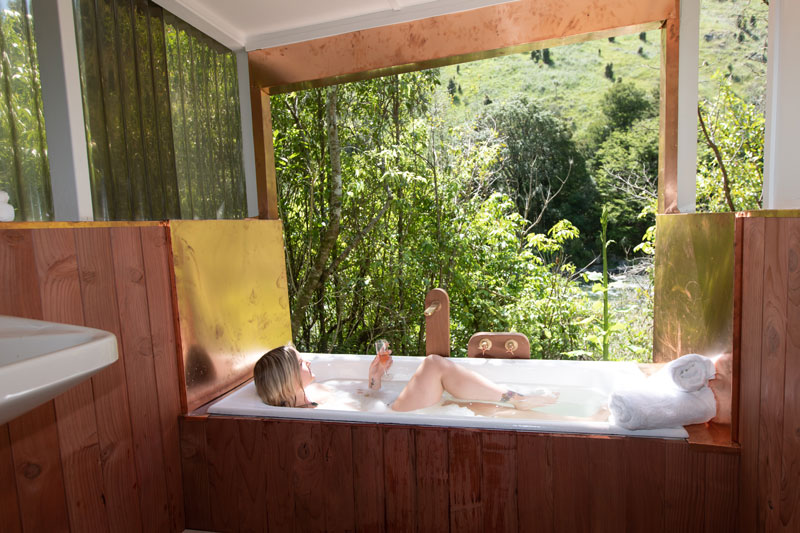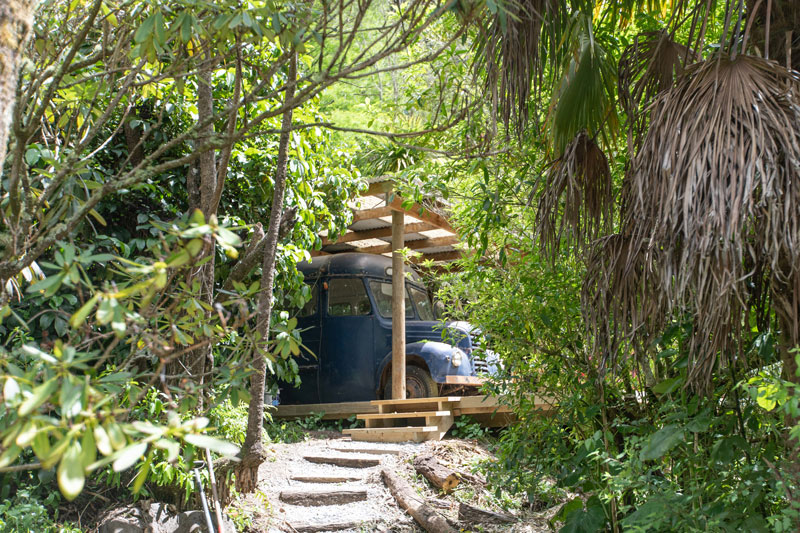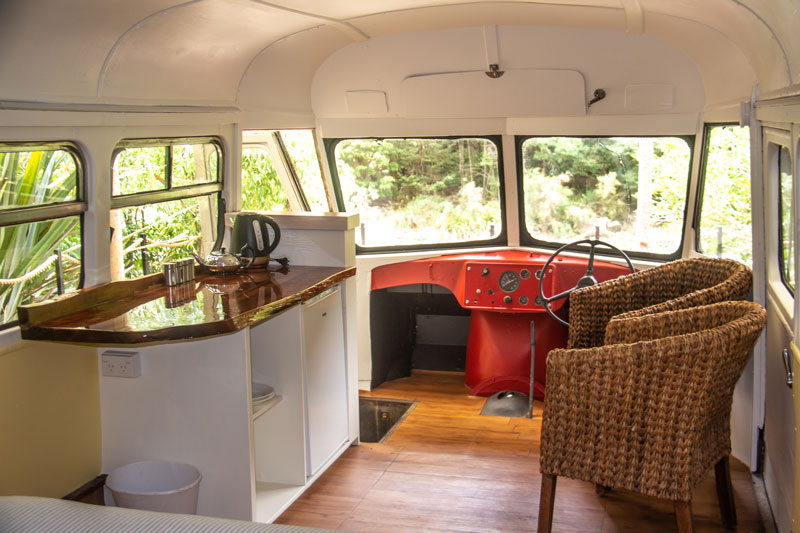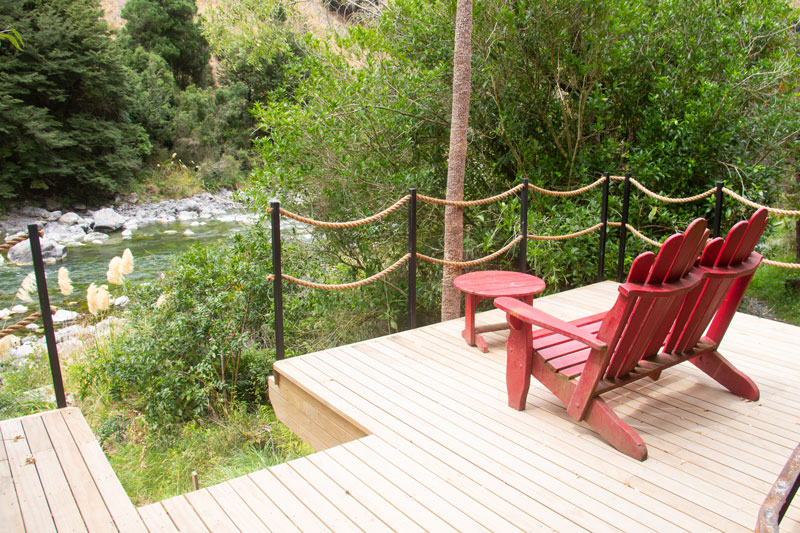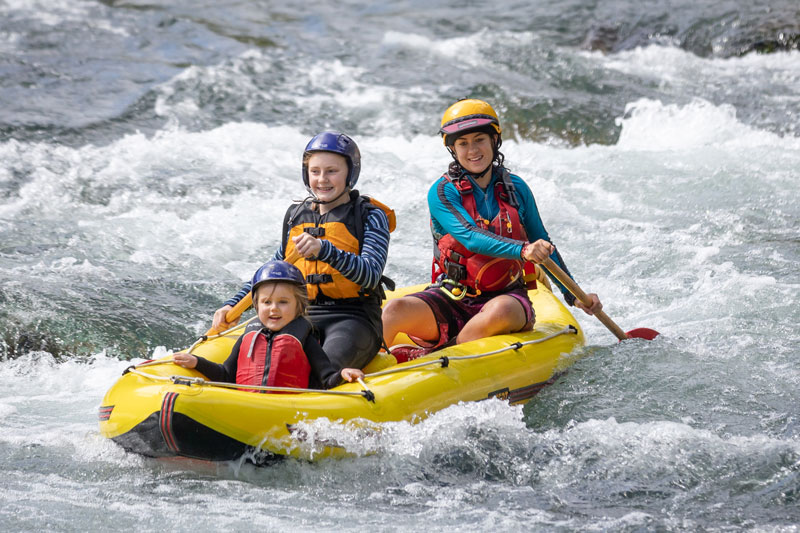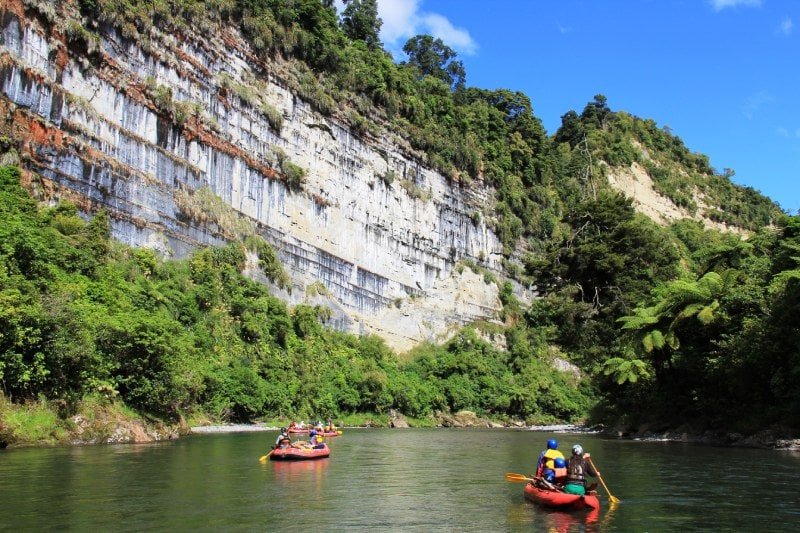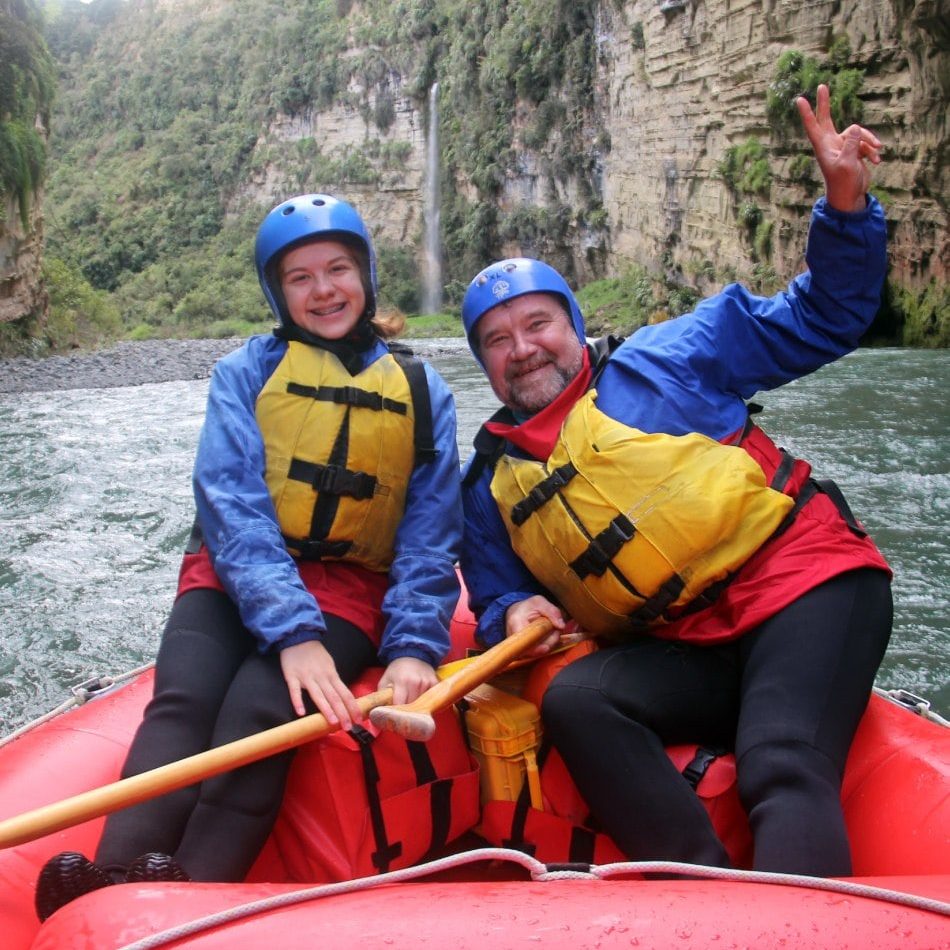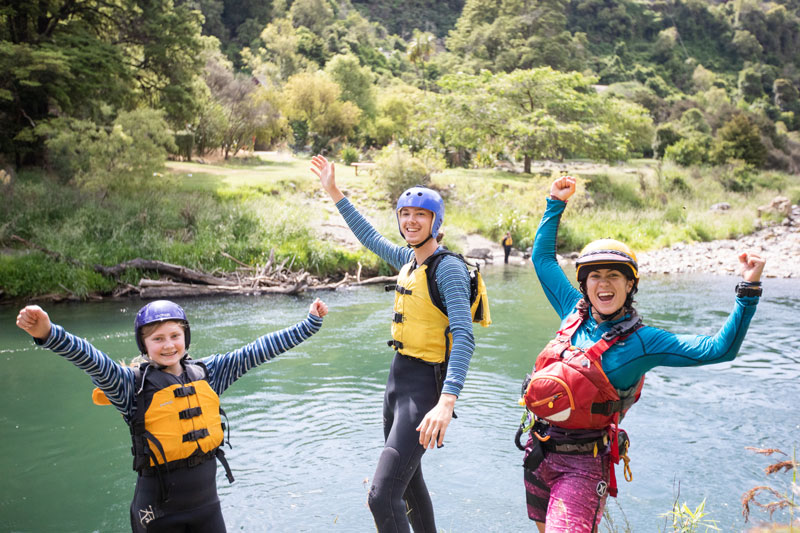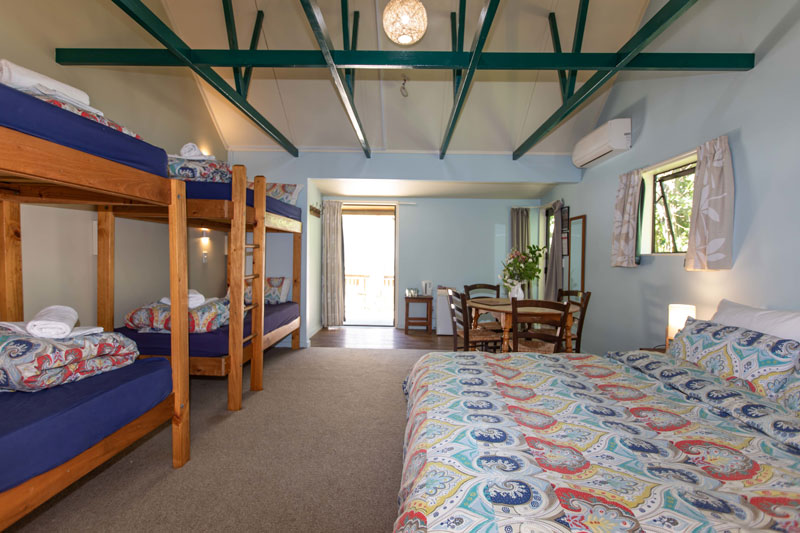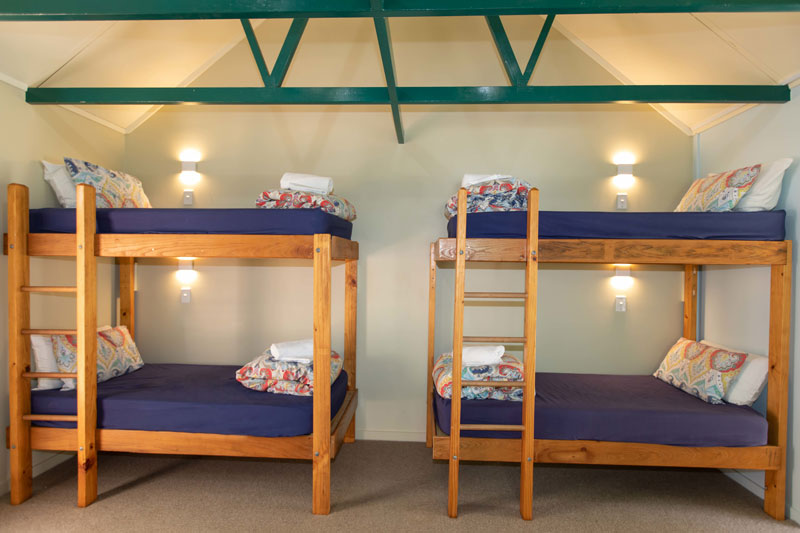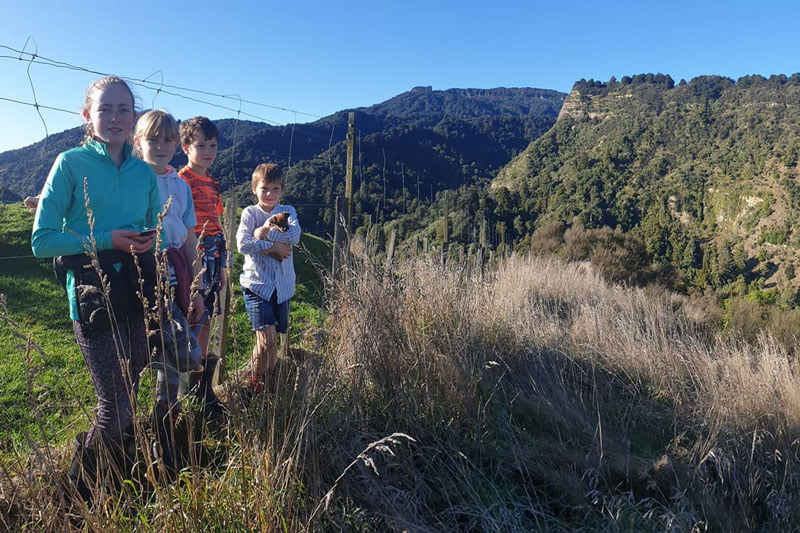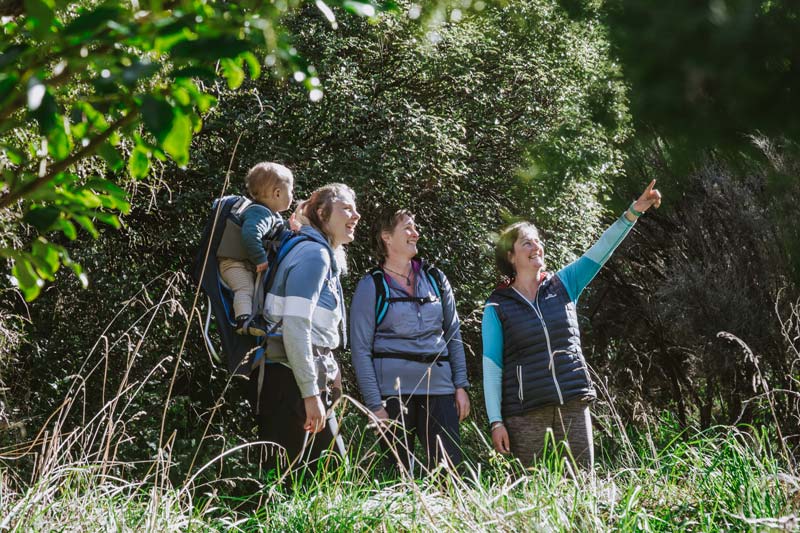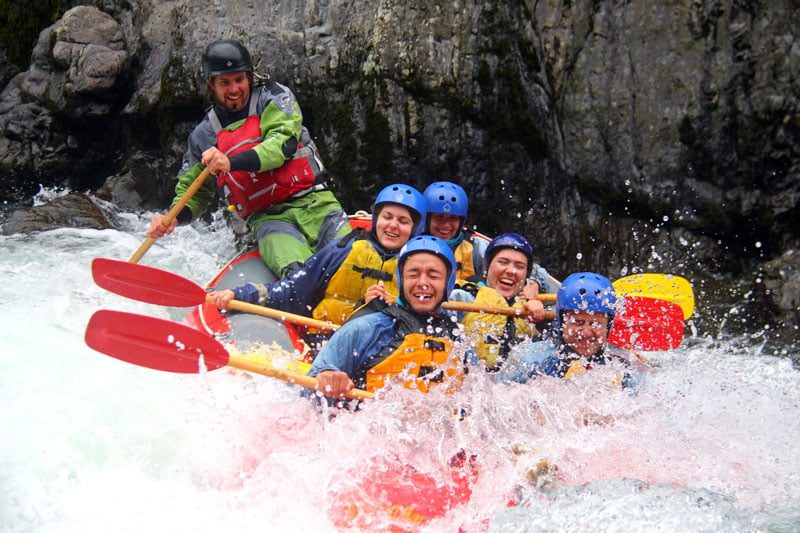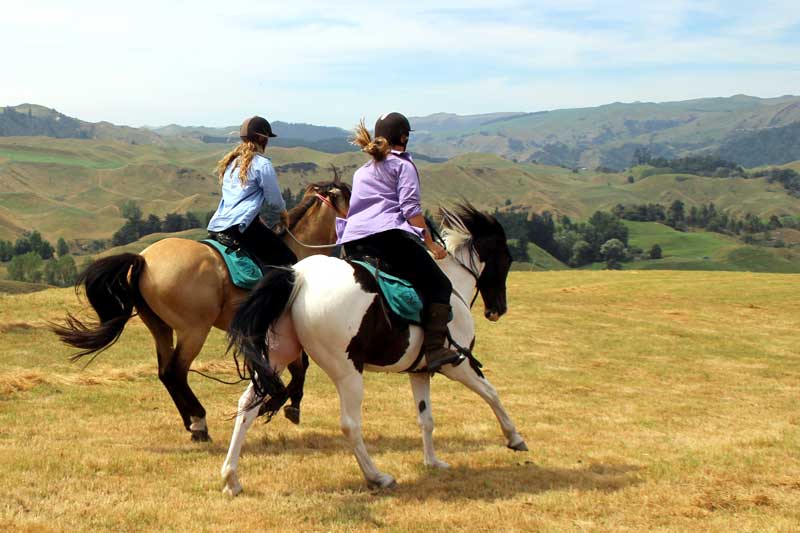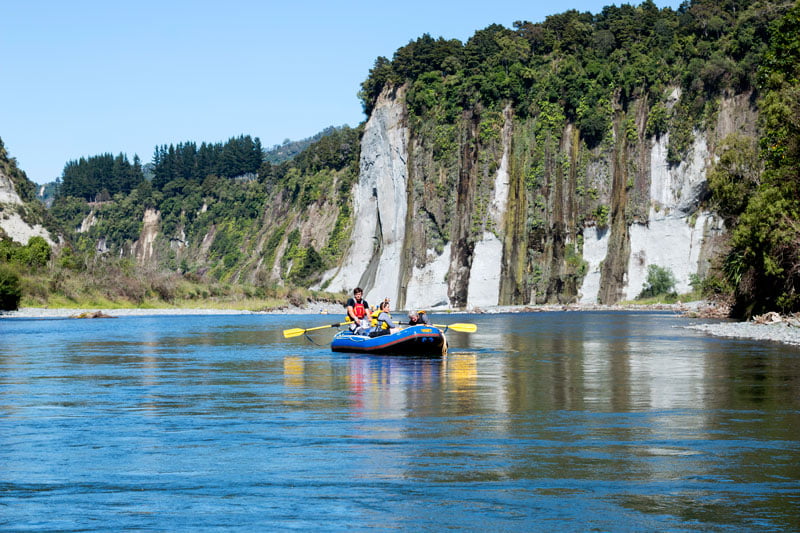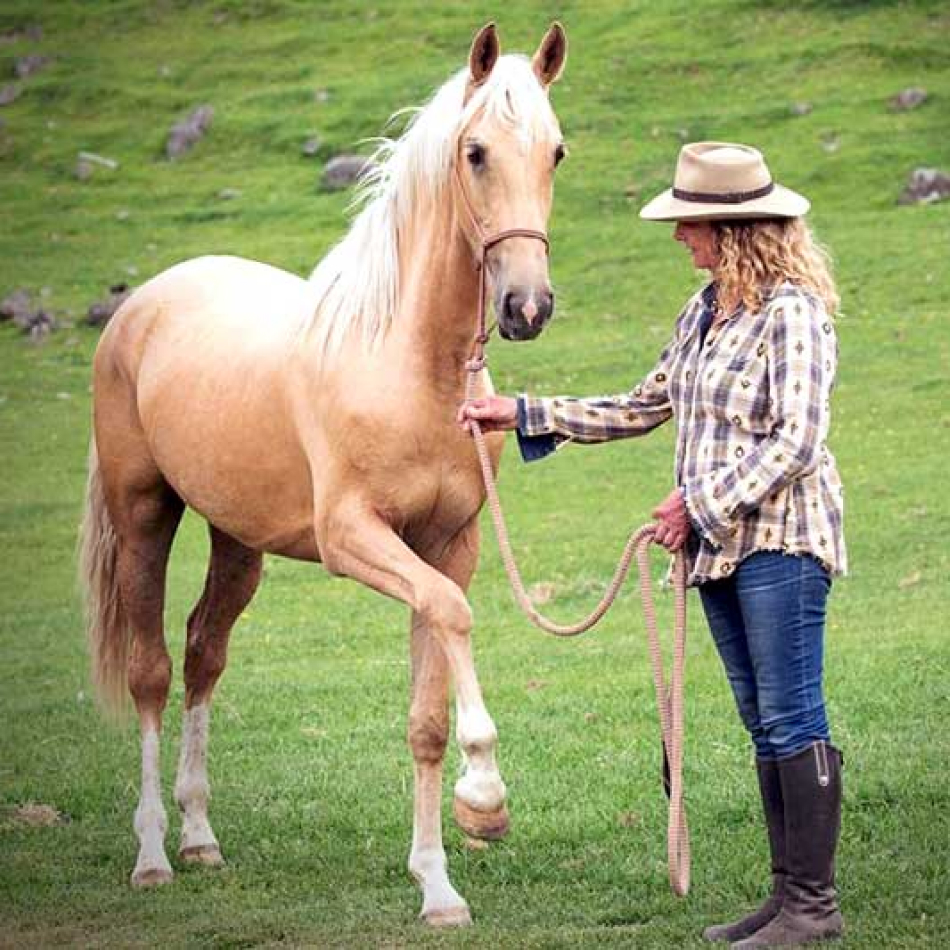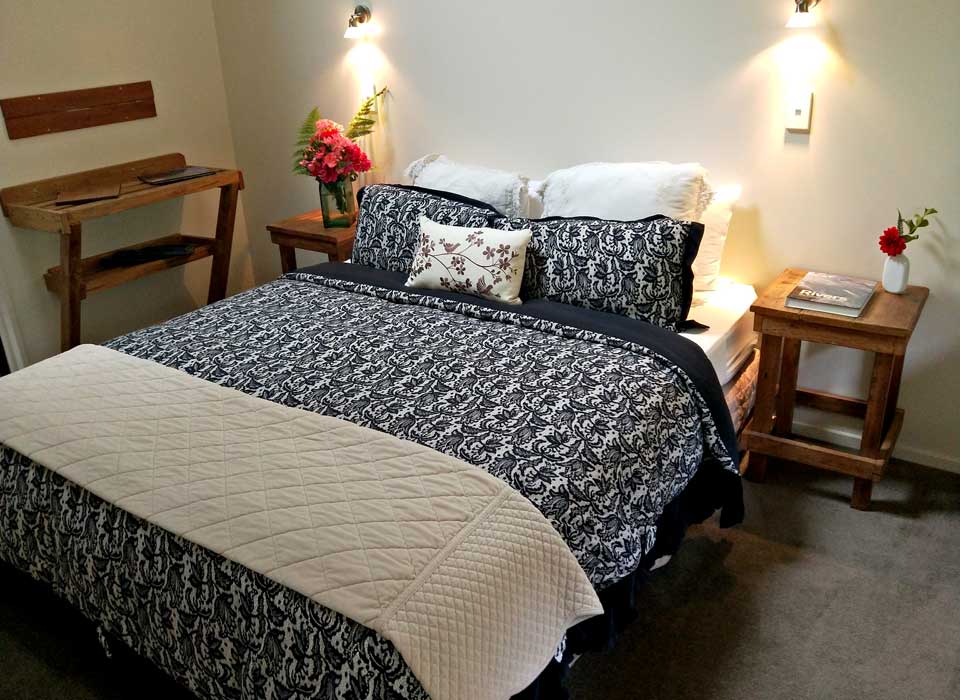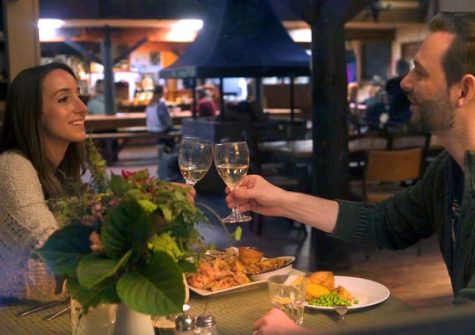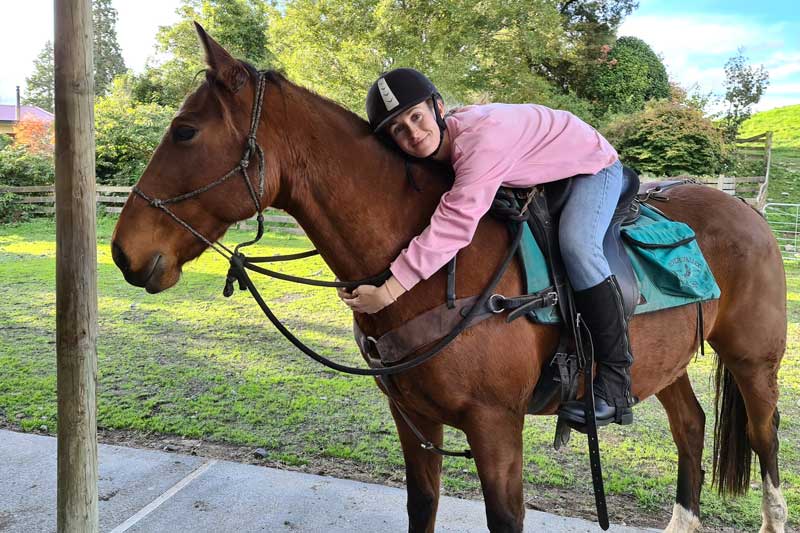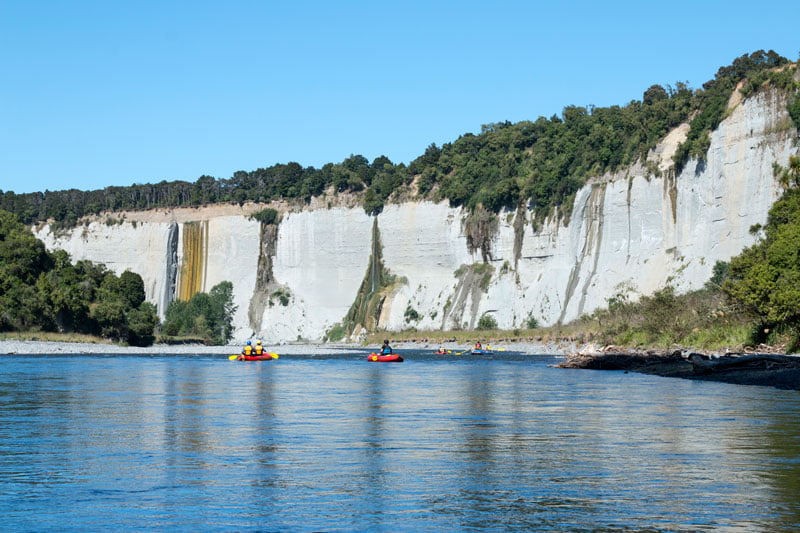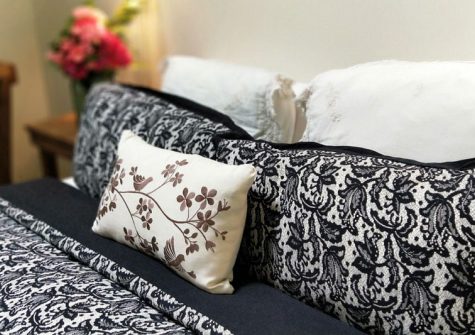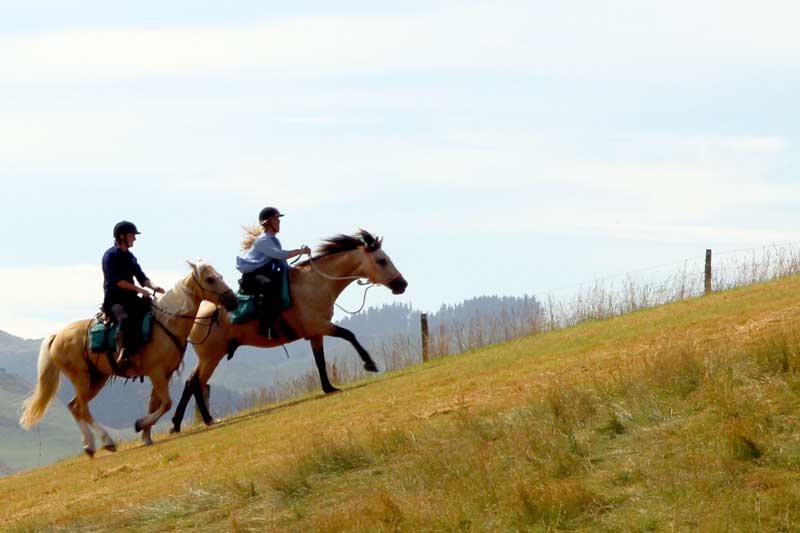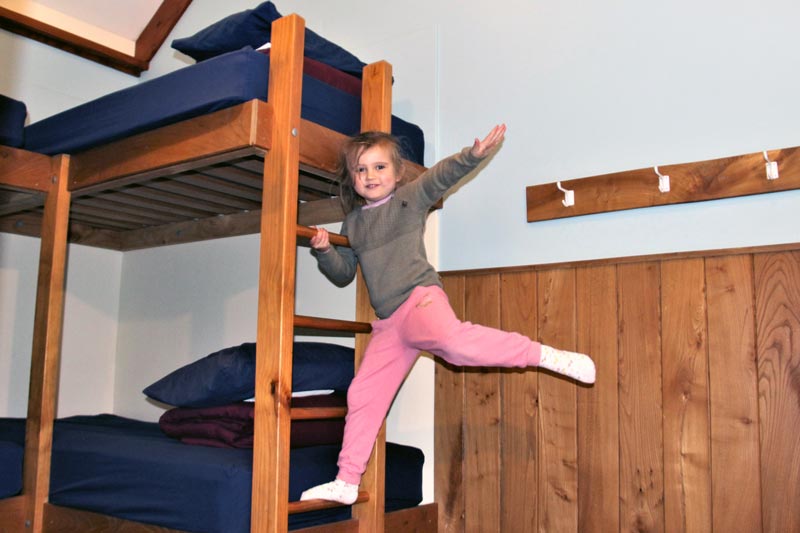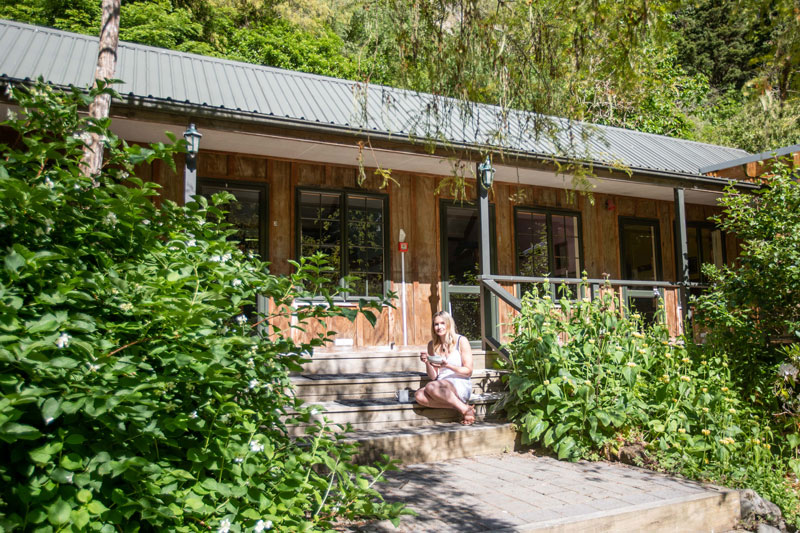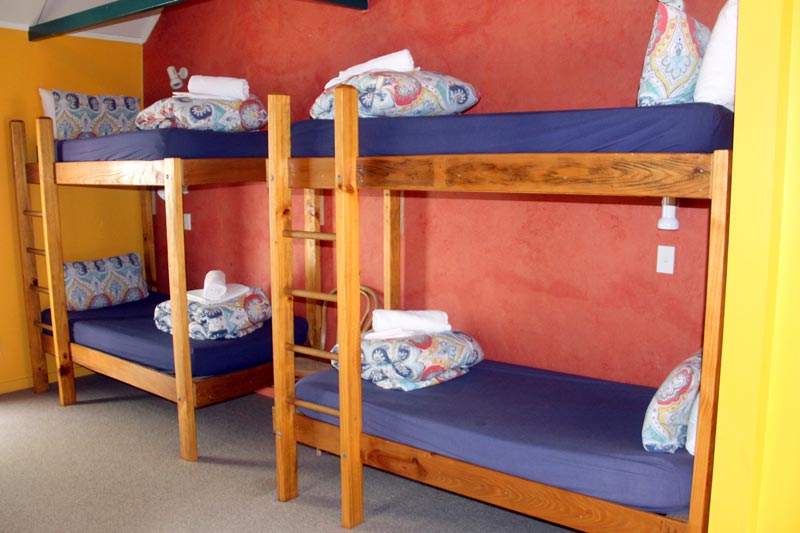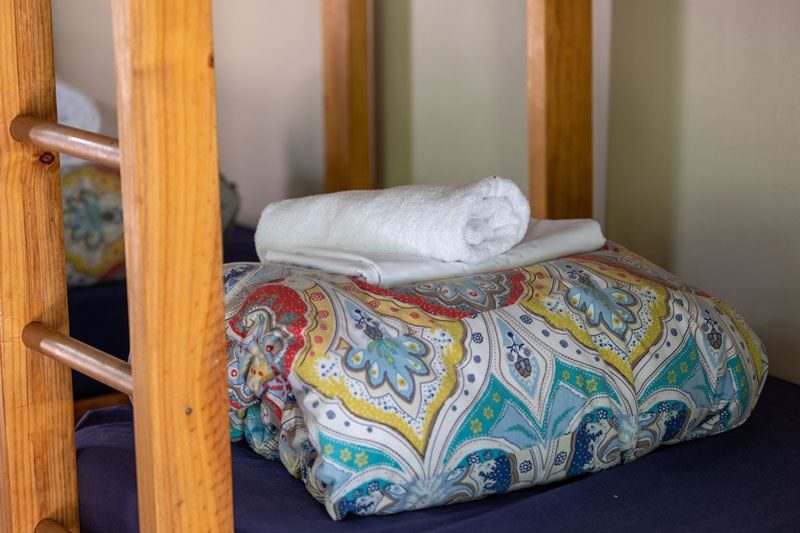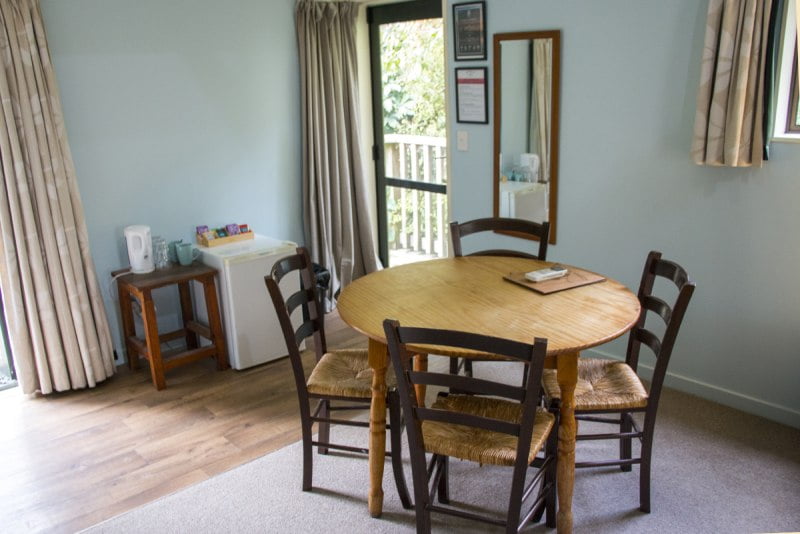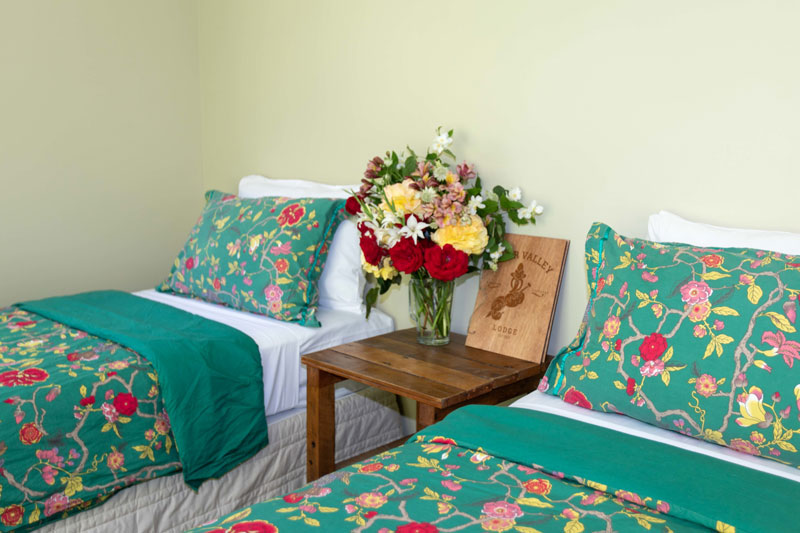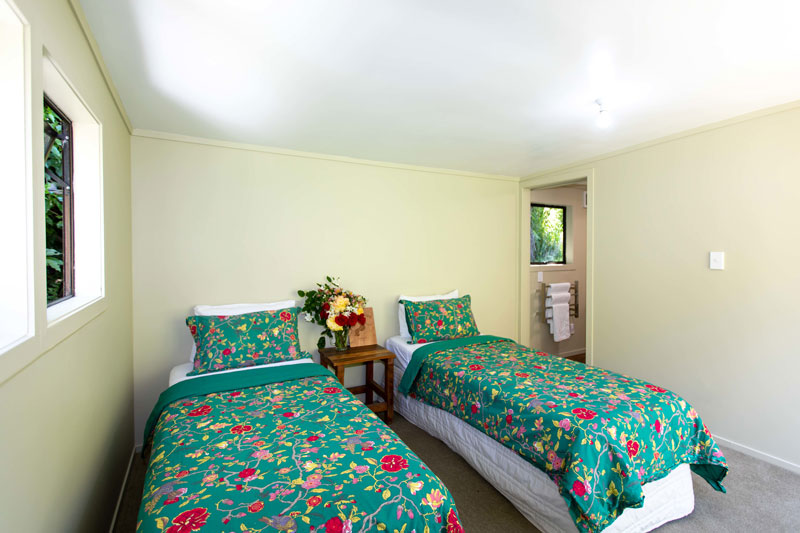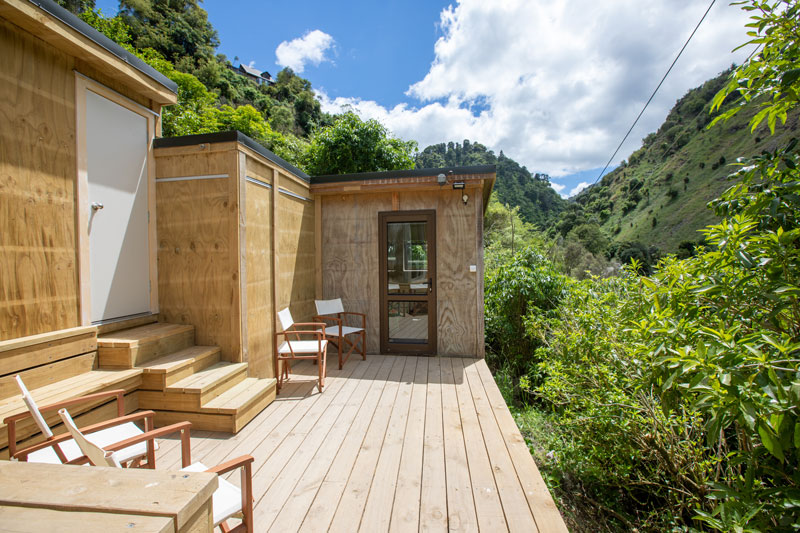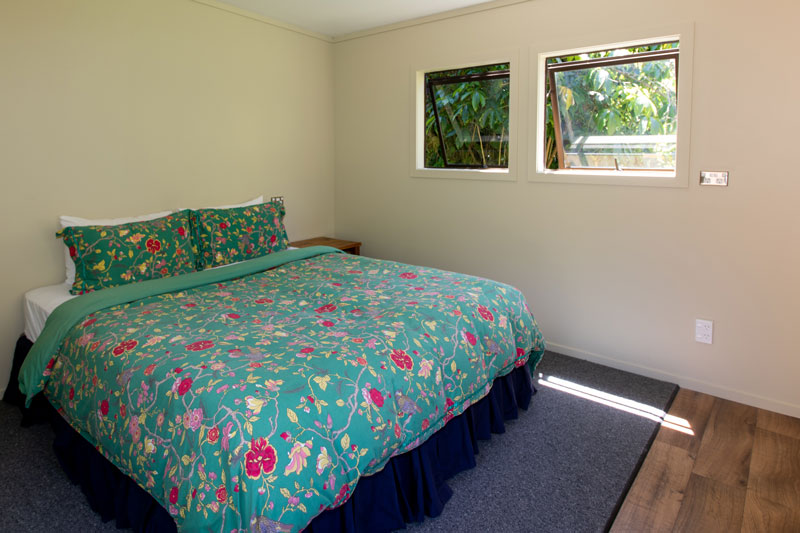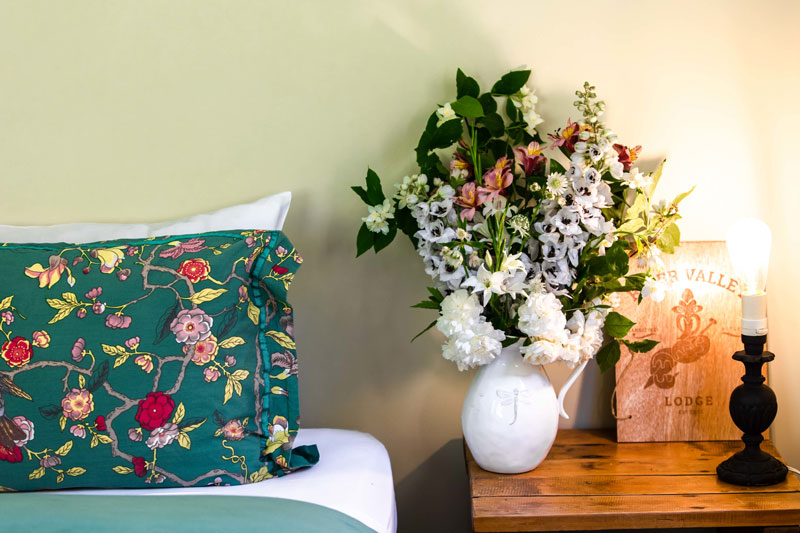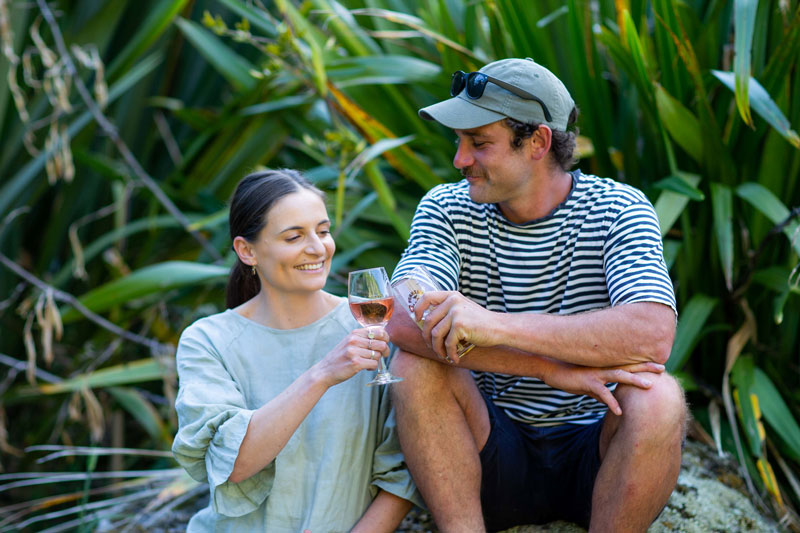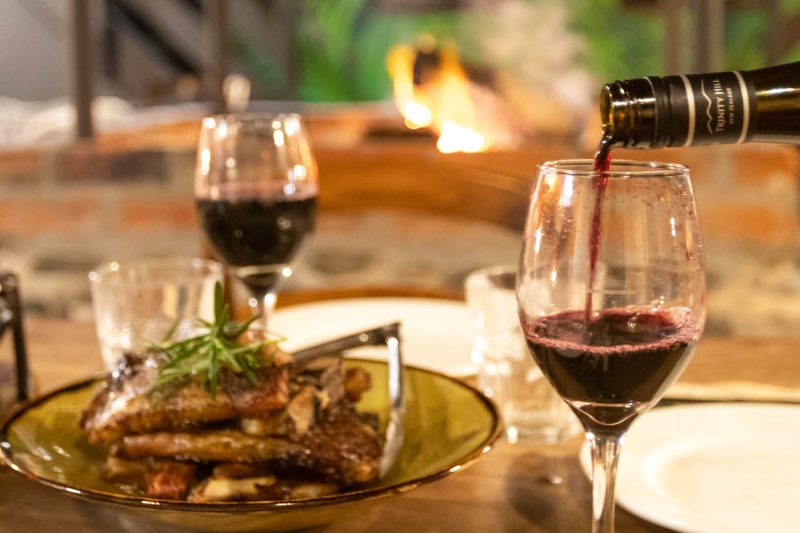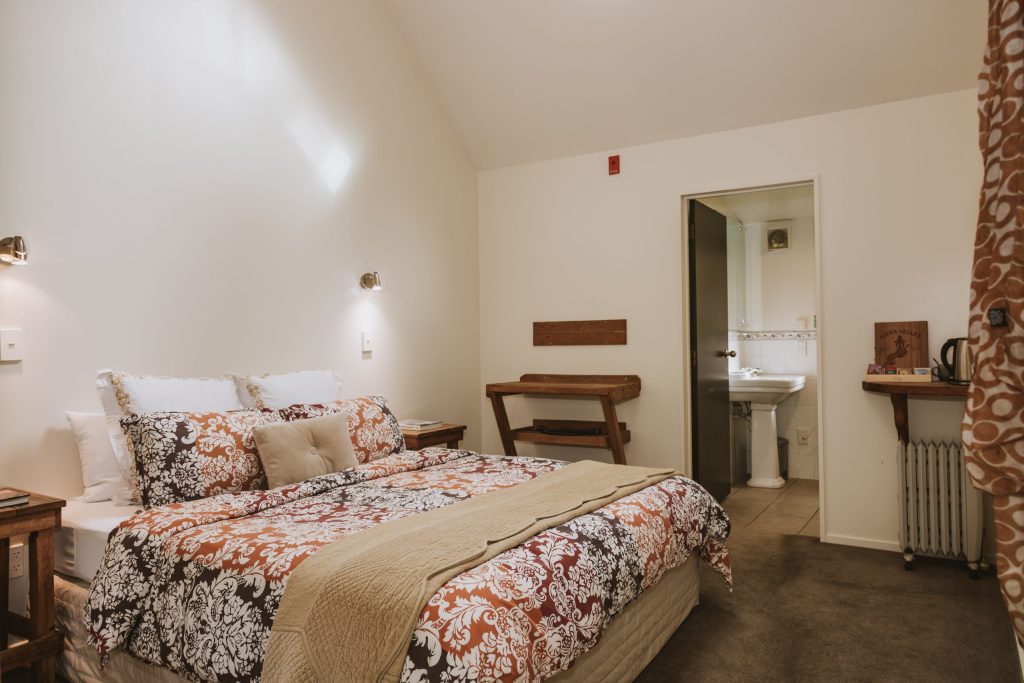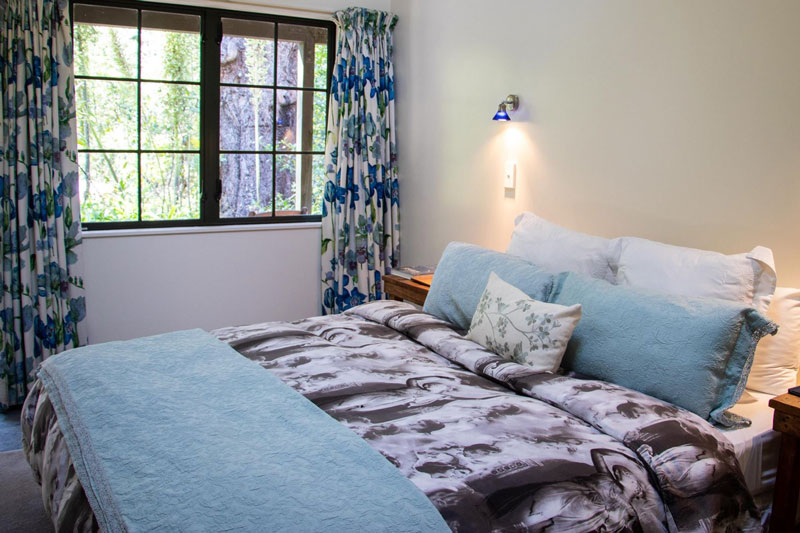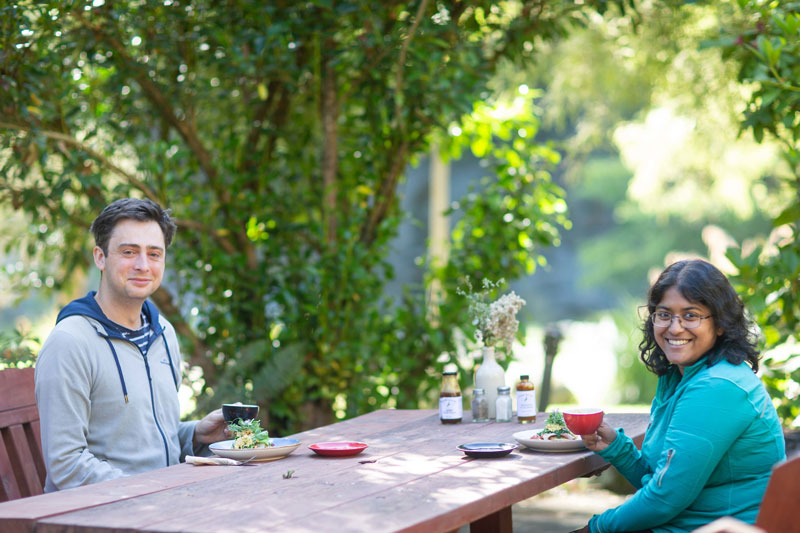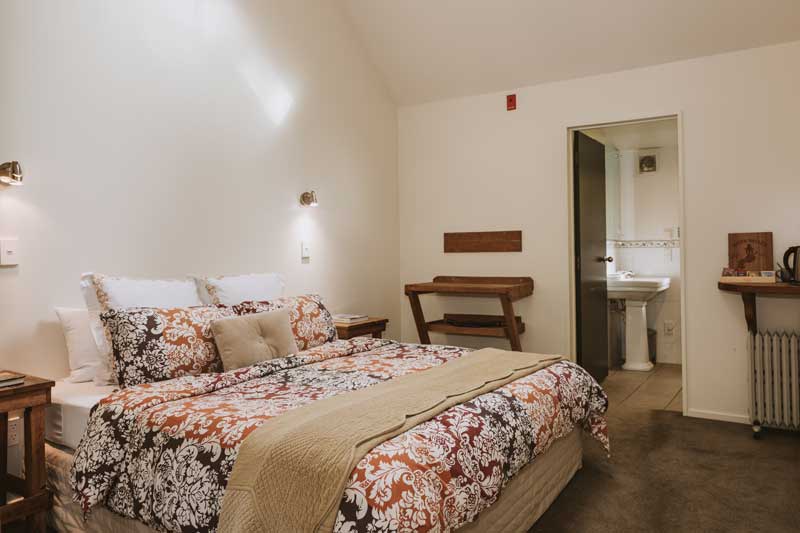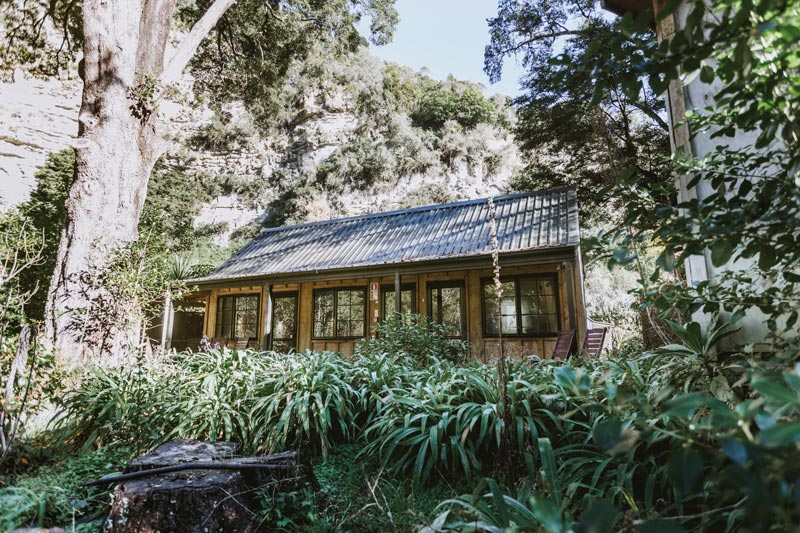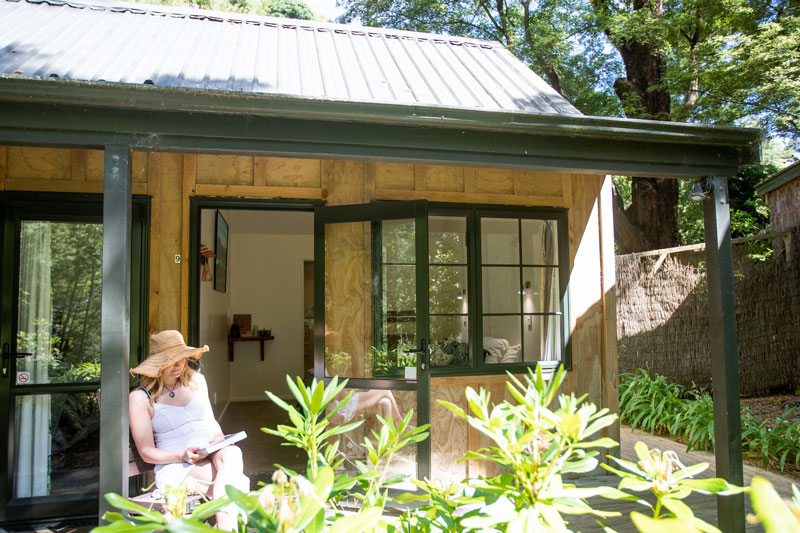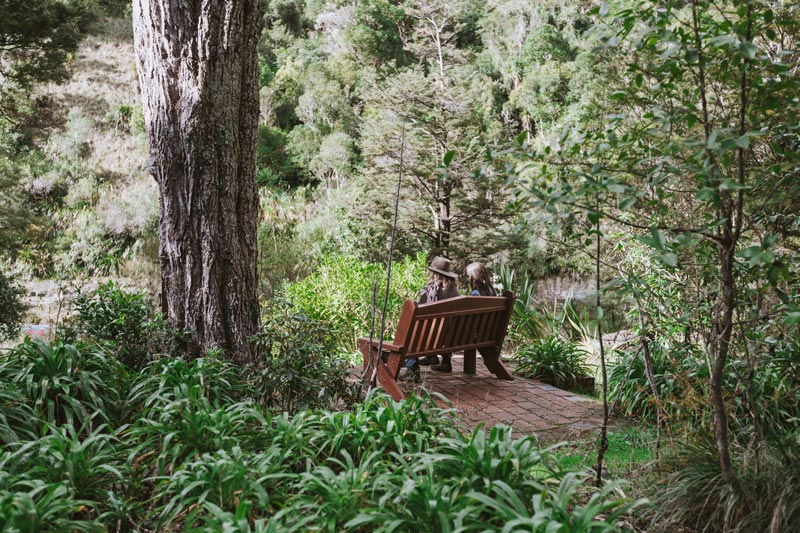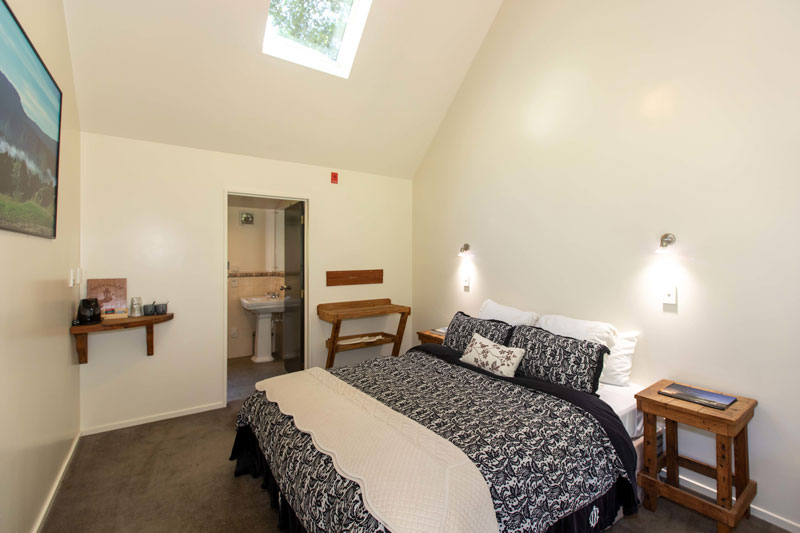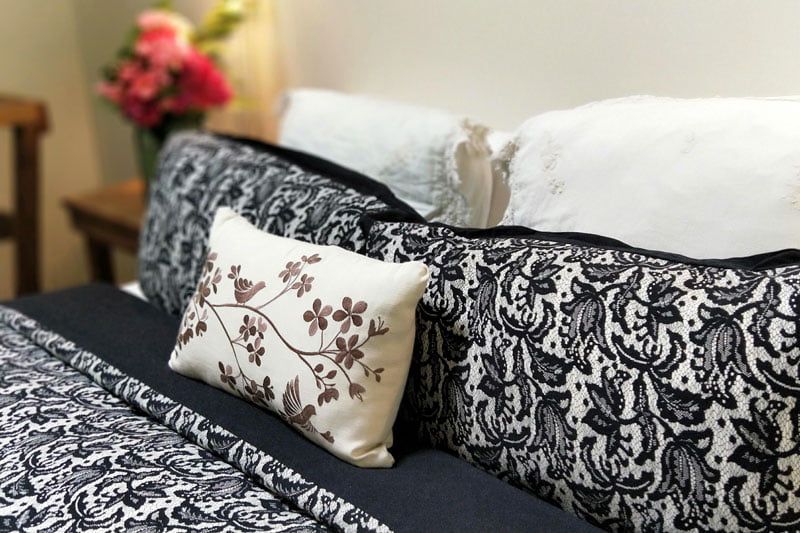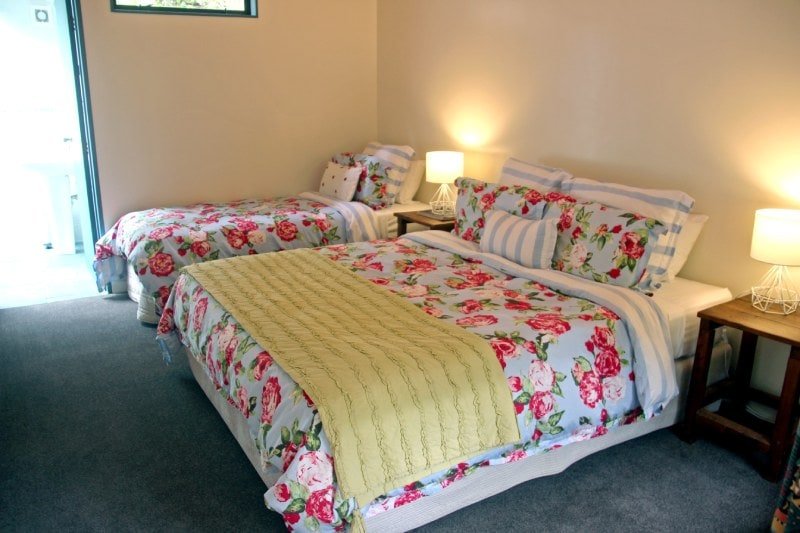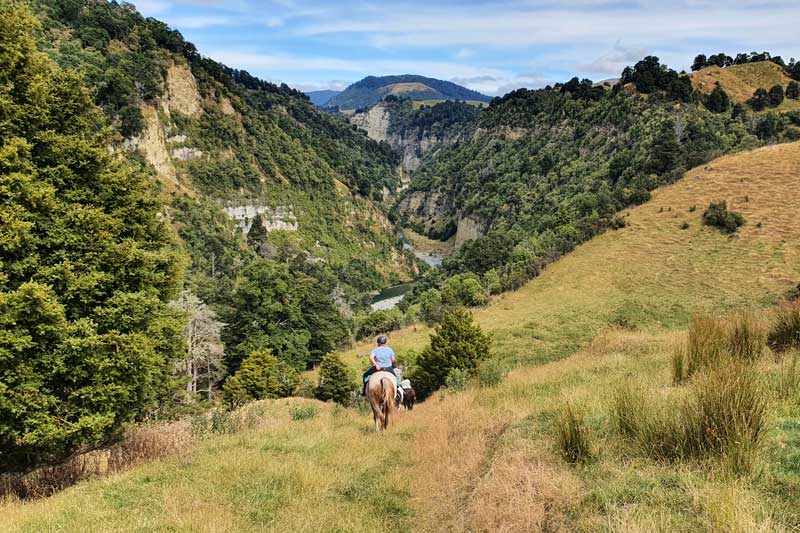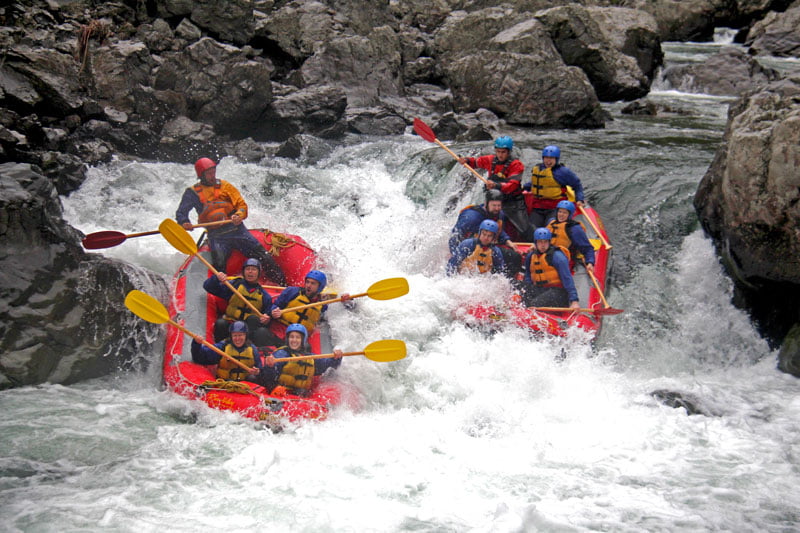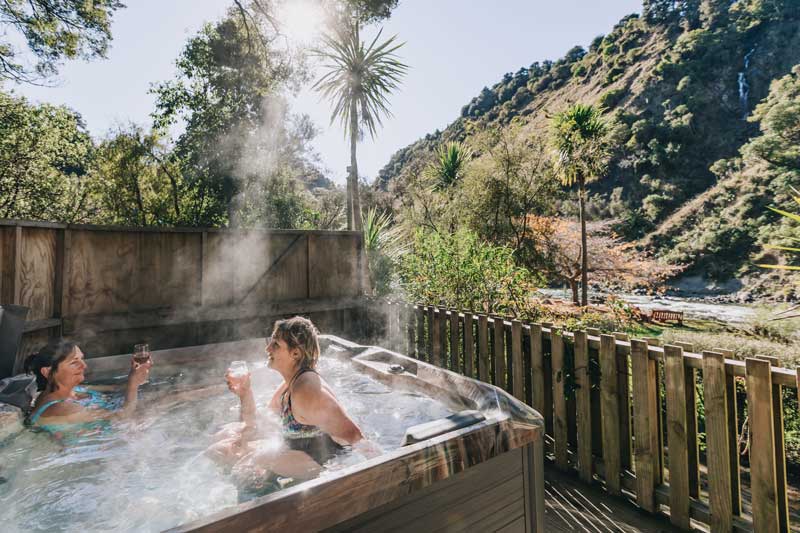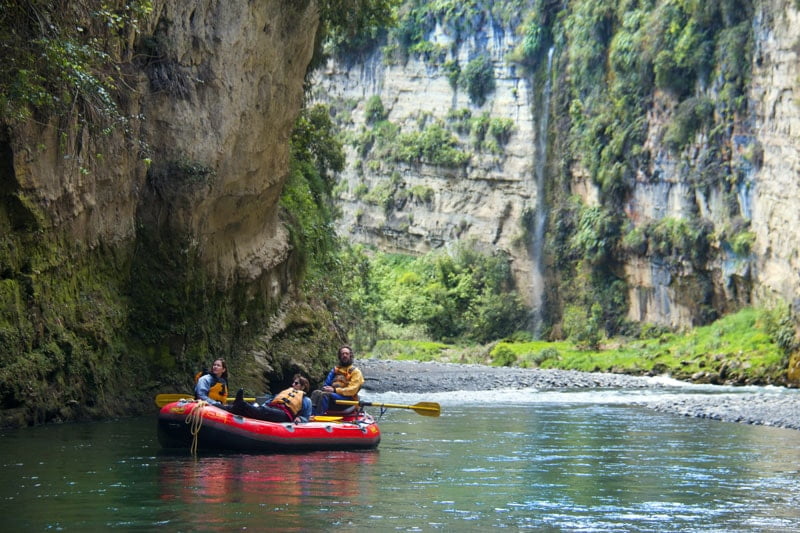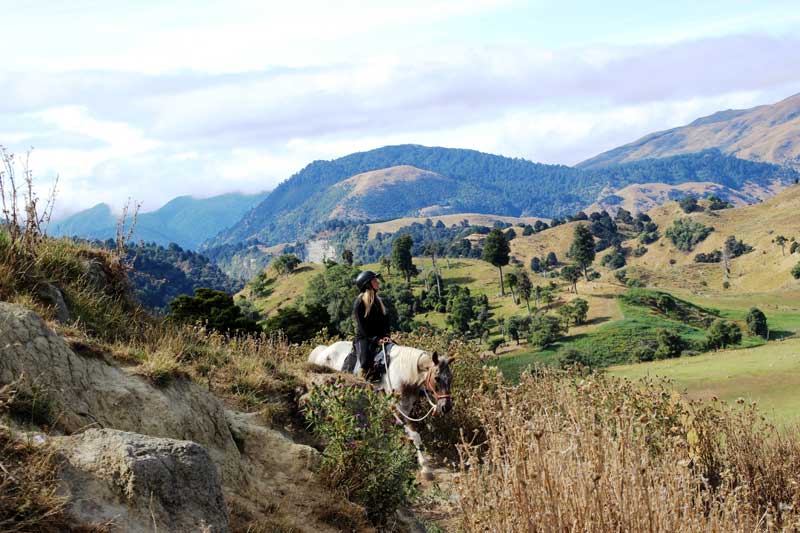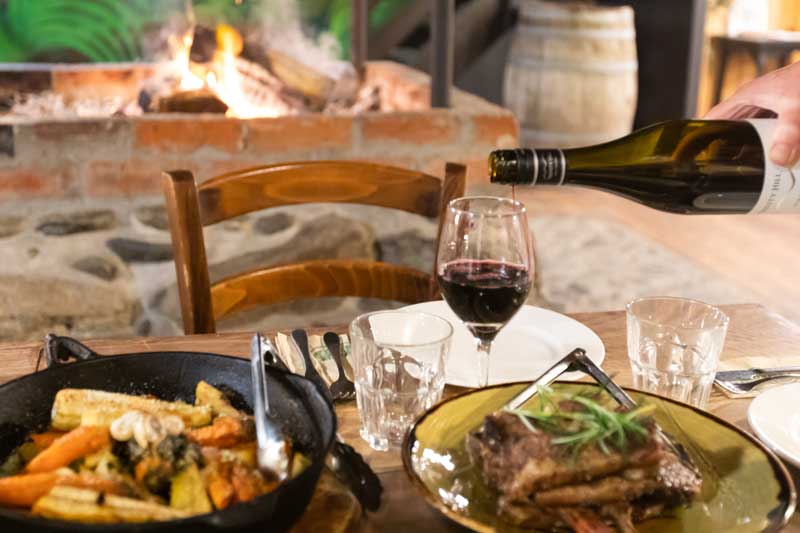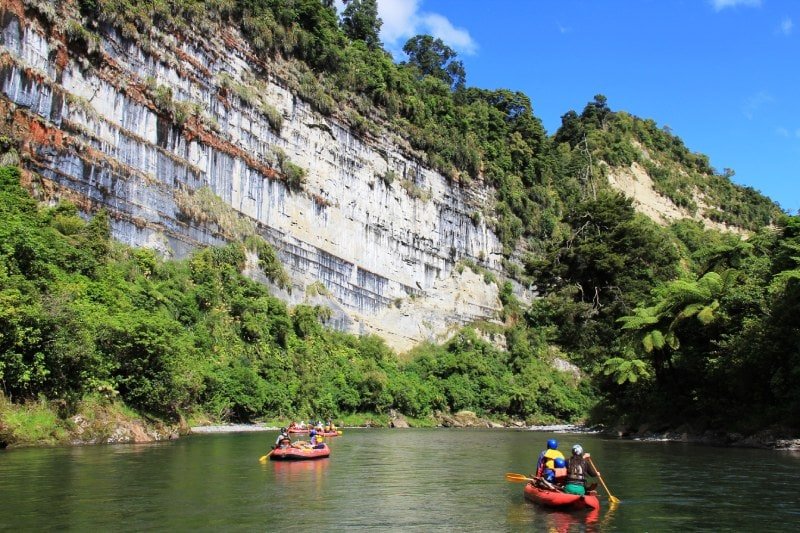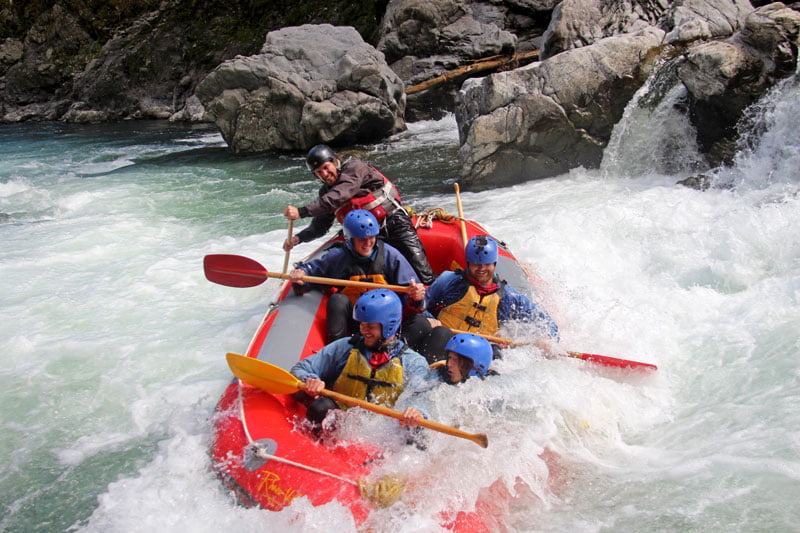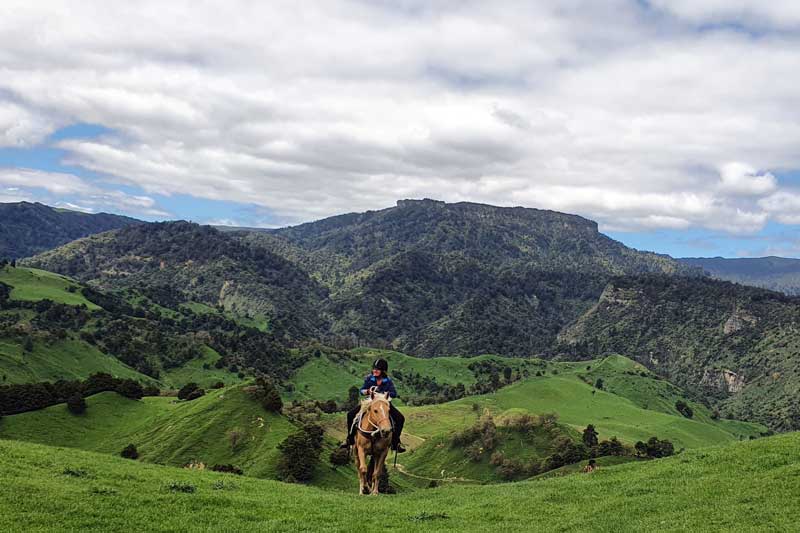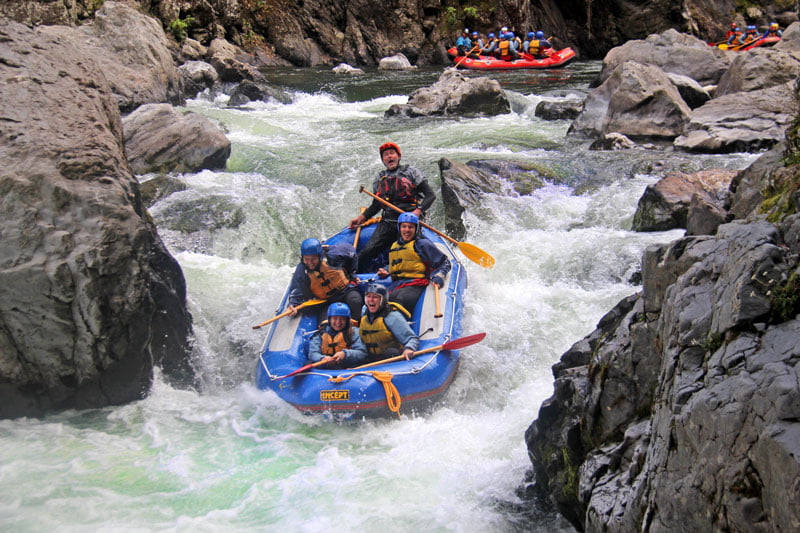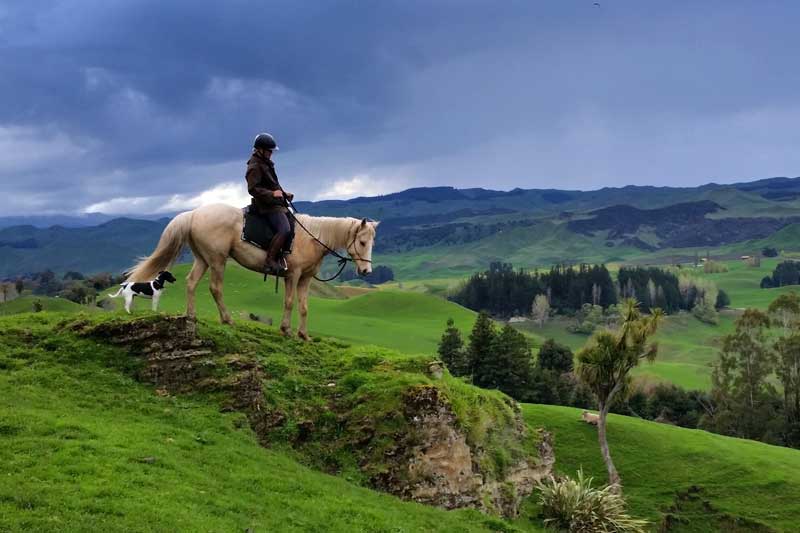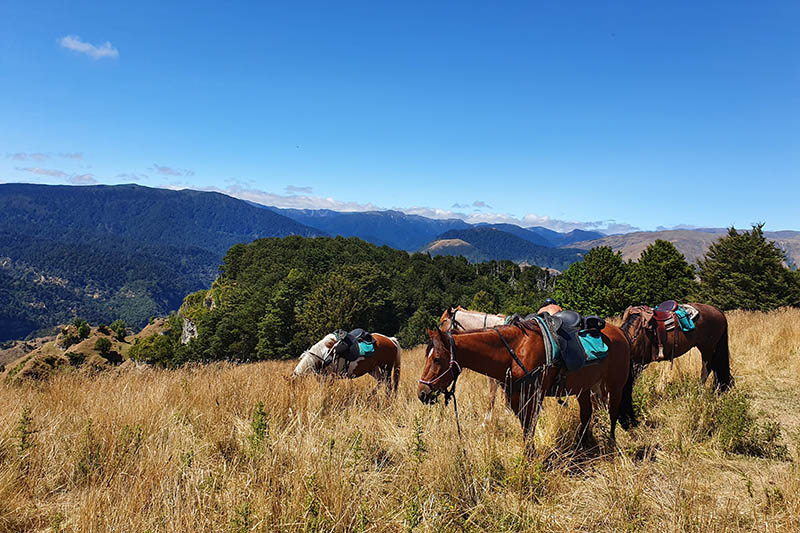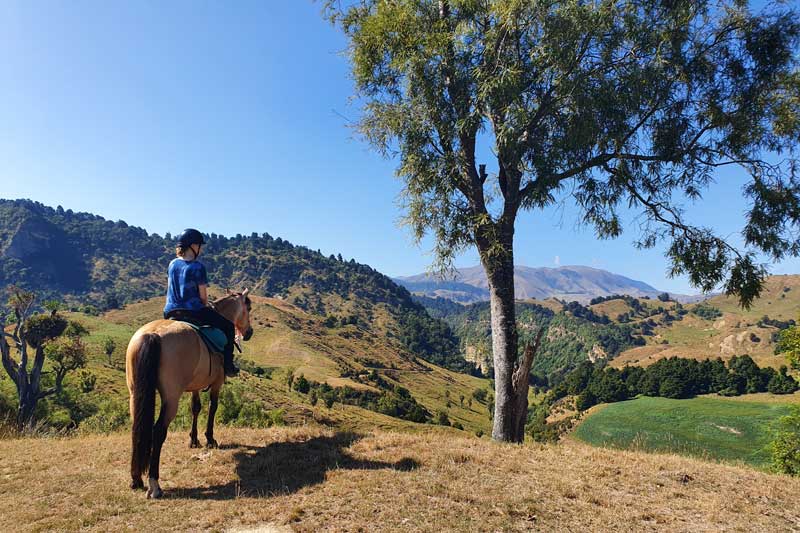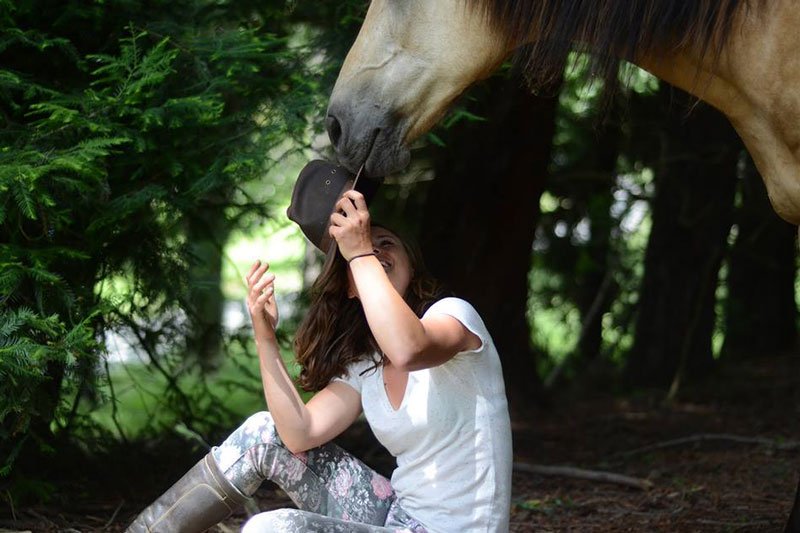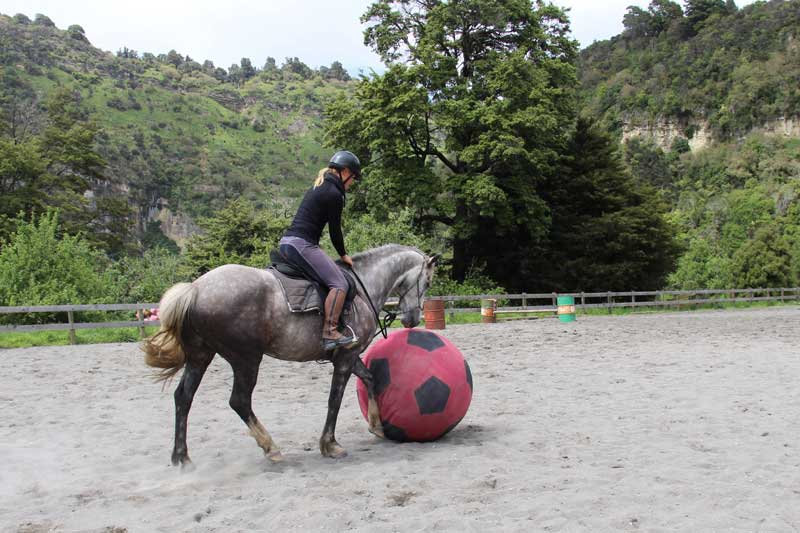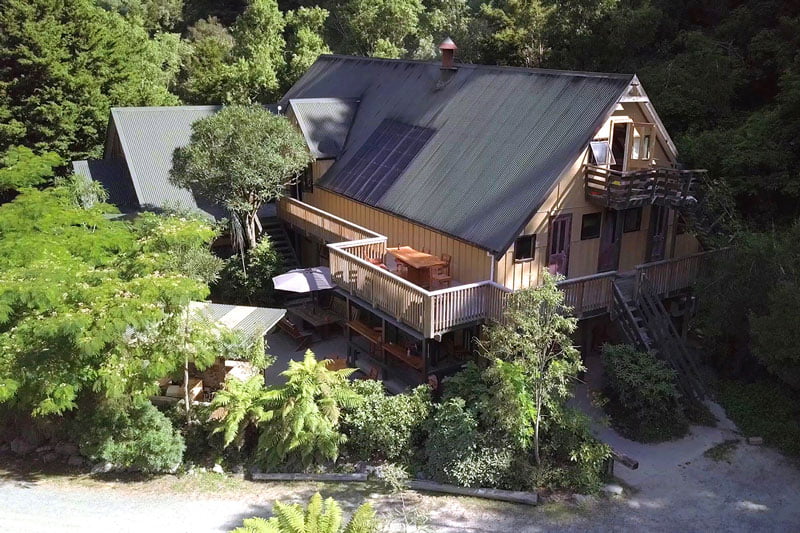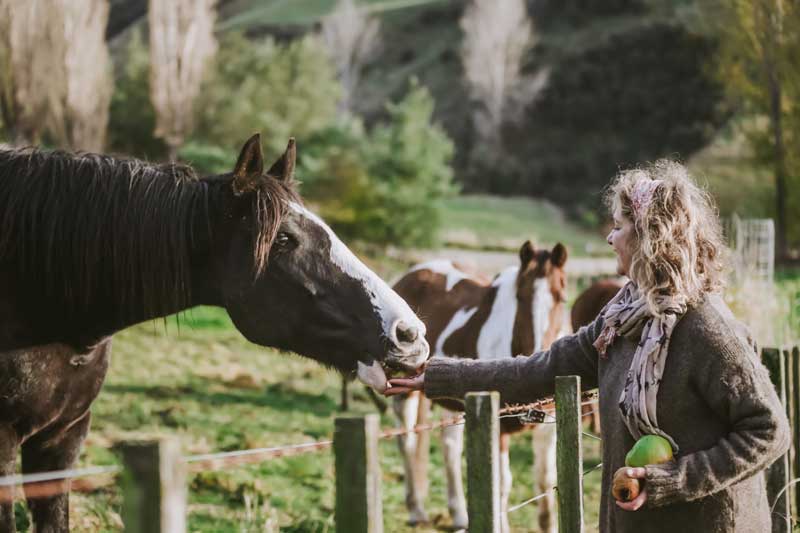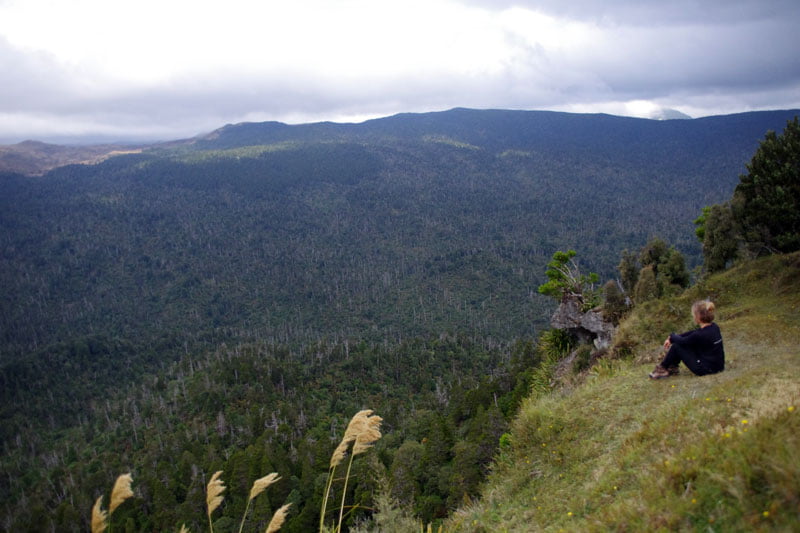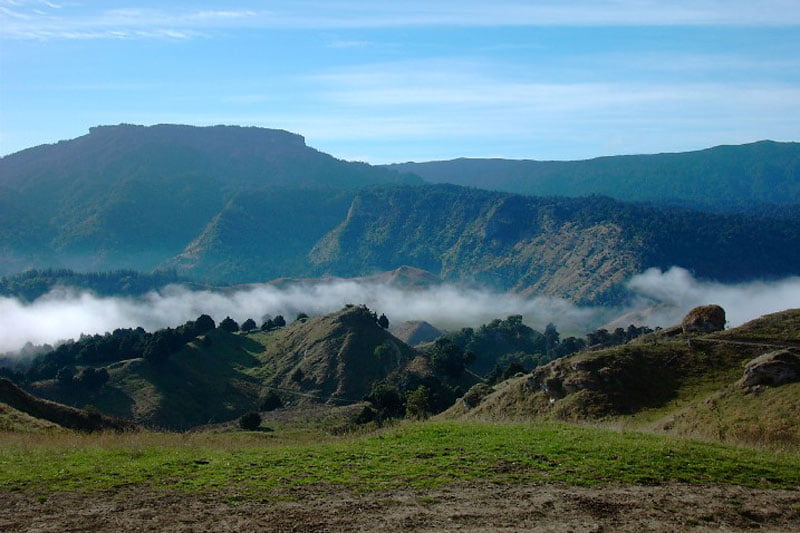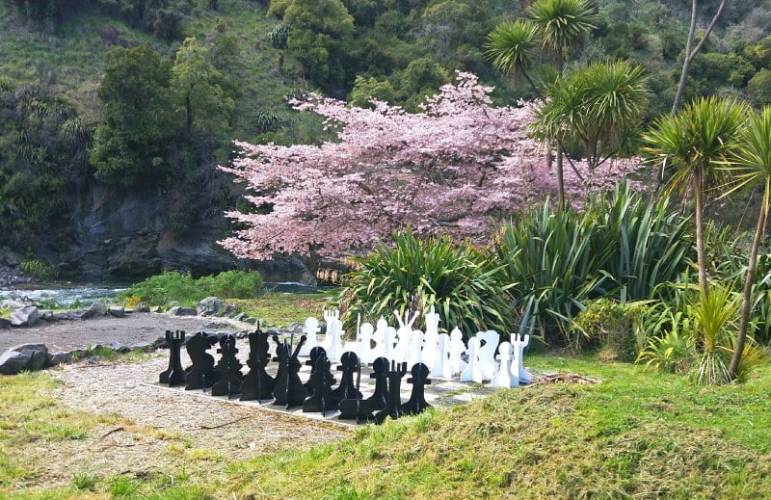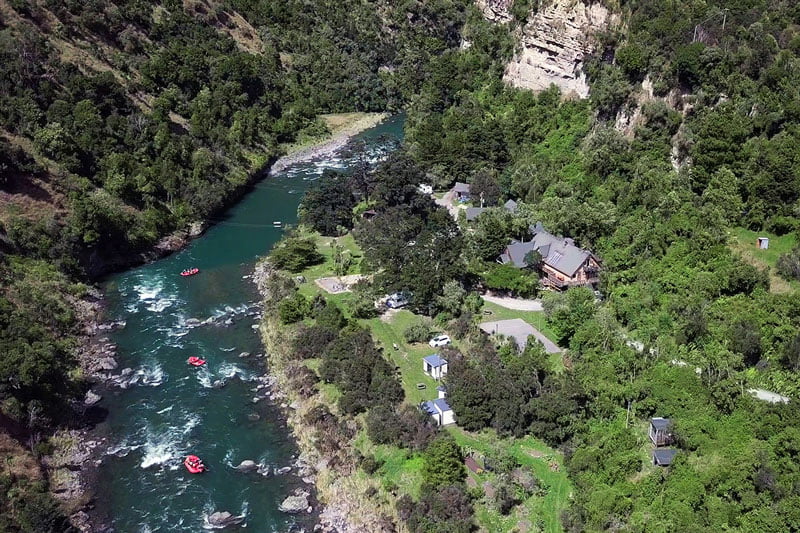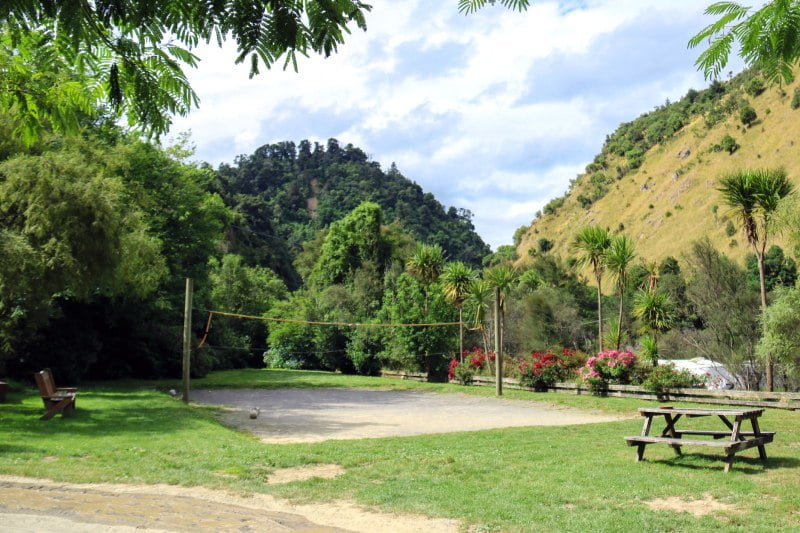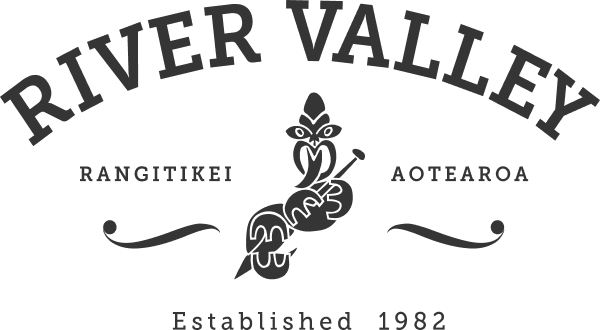Who Moulds Who?
In landscapes where human beings have resided for a long time, often thousands of years, you can see the impact those many generations have had. Hedgerows, drainage ditches, old stone walls, derelict buildings and, on occasion, much older evidence of habitation. Terraced hillsides and meandering paths, some having been in use for hundreds of years. Even the place names, whether of a stream, river, mountain, town or a simple paddock, often allude to events that occurred in the distant past.
The more you look at those landscapes, searching for signs indicating thousands of years of occupation, the more you see—the indentations of old kumara pits, the subtle signs of eroded earthworks.
However, just looking at landscapes only tells part of the story.
The farmer’s hands are big, calloused, the fingers roughened by manual work. The skin on the back of the hands is thin as fragile parchment, blotchy and easily damaged. The legacy of decades of exposure to the elements, sun, cold, heat, wind and rain. The farmer’s face tells a similar story. It is weathered by years of toil outdoors. During those years of struggle, he has attempted to mould the landscape into a working farm.
The old river guide has a similar caste to his features, seeming to have a permanent squint, a product of years of searching for the line through rapids and compensating for the glare of light off the water. Again, any exposed skin has been ravaged by the elements.
Who moulded who? Was it the landscape or the farmer or outdoor guide doing the moulding?
As mentioned in a recent news article on stuff.co.nz, Maori also saw this – the late Ngāti Tukorehe iwi member and reo champion Sean Bennett-Ogden said, “If you stay in a place long enough, it becomes an intrinsic part of you, and you become a reflection of it.”
Our eldest daughter Janey, her husband Tom, and their girls are just back from a holiday in the “winterless” North (Northland). On getting back home, she said, “You know beaches, and all are quite cool, and it is nice to get away, and it is much colder here at home (Taihape in the winter is not that warm), but I’m a mountain girl, I can’t imagine living without the hills.” My wife Nicola, who also grew up amongst these hills, shares this sentiment.
As we humans have flocked into cities, have we lost this connection to landscape? I would think that, in many ways, we probably have. If that were not the case, then we would not feel uplifted when out in nature. Forest Bathing (look it up) would not be a thing.
This post is not trying to be nostalgic or anti-progress, but I do wonder what we lose when the natural landscape is not moulding us.
Brian Megaw
